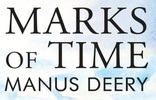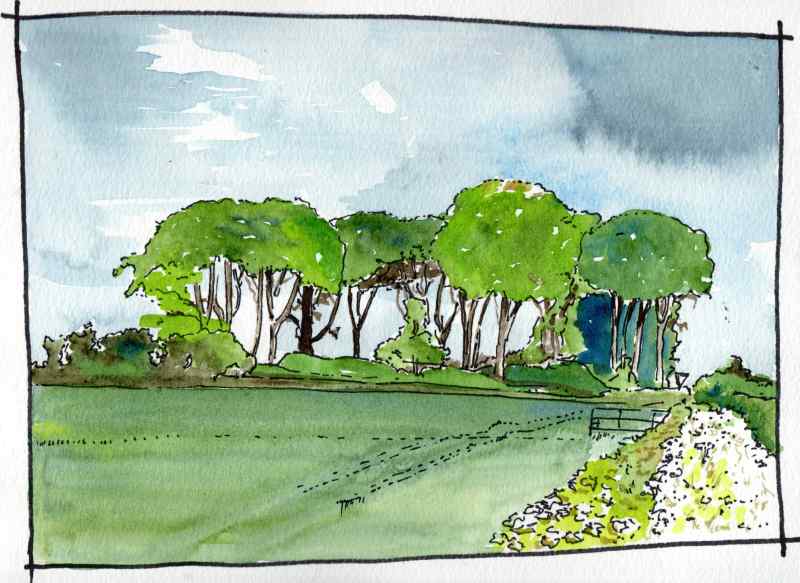Rough Fort sits adjacent to the original line of Clooney Road on the outskirts of Limavady. It is a well preserved circular earthwork known as a rath with an outer ditch and central flat area. When in use this would have contained dwellings and cattle with the ditch probably surmounted by a timber palisade fence. Such structures are very common accross Ireland and can date from earliest times. Often such features were planted with trees in the early nineteenth century to increase their prominence as a feature in the landscape. This was the case at here and at the crest of a small hill it is a very visible feature. The rath is in the ownership of the National Trust. It was its first aquisition in Northern Ireland donated in 1937 by local landlord, Marcus McCausland, also Chairman of the Northern Ireland Committee of the Trust at that time.


